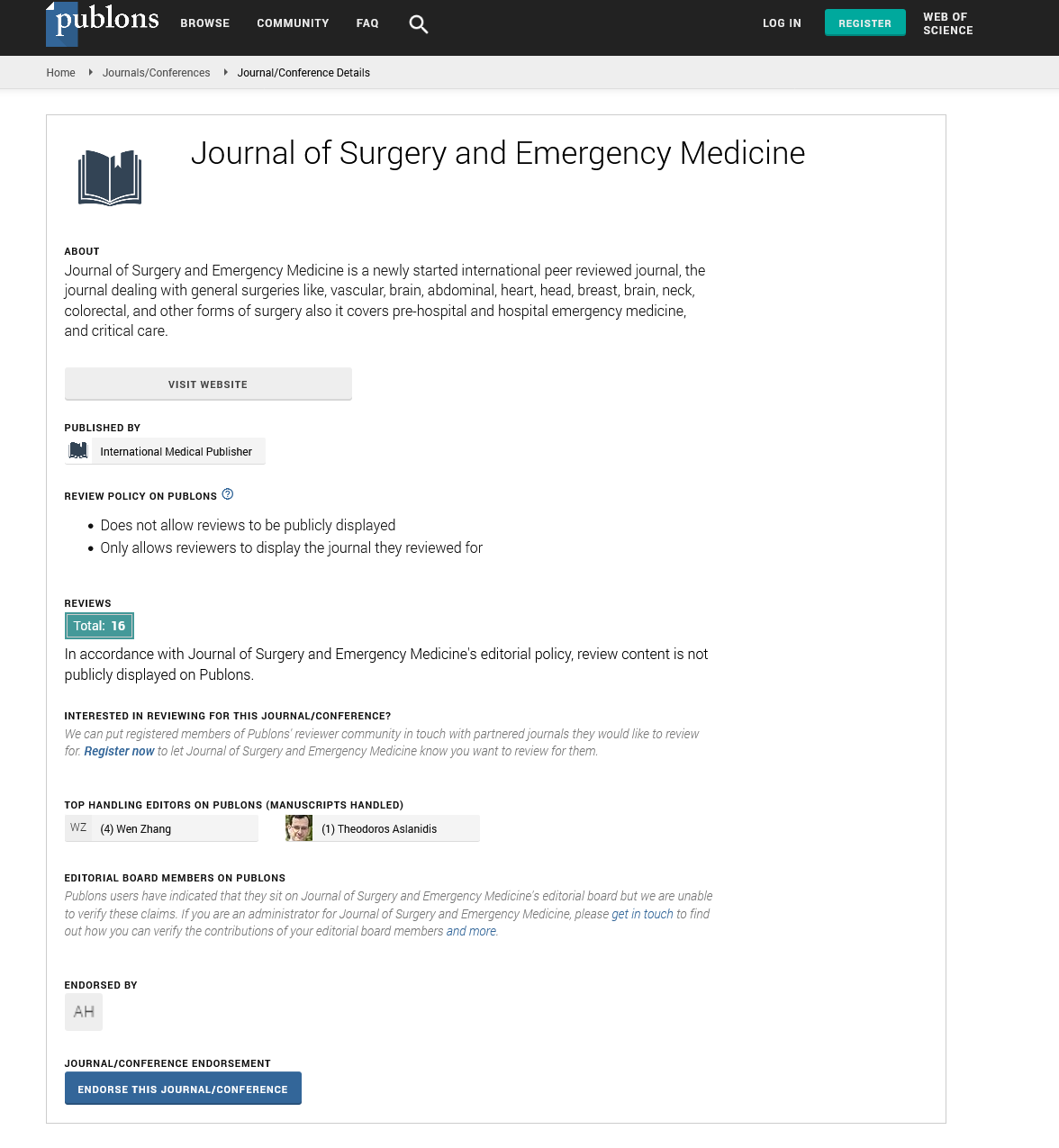Abstract
Length of stay comparison in patients requiring surgical intervention for wrist fracture: A small study from a trauma centre
Background: Isolated wrist fractures are one of the most common fractures in both children and adults. In 2008 the overall fracture incidence for the UK population was calculated at 3.6%(1). However, studies comparing patient length of stay (L.O.S) for fracture surgery are sparse. Method: A small retrospective study examining 90 patients with isolated wrist fractures requiring surgical intervention between Sept 2018-Sept 2019. Exclusion criteria included multiple fractures, polytrauma and concomitant medical conditions on admission. Patient Demographics and admission dates (Winter/Non-winter and Weekday/Weekend) were compared by calculated L.O.S averages. Results: Patients >60 (n=2.1), patients requiring ORIF (n=2.0) ASA Grade >1 (n=1.9) had the highest average L.O.S. Seasonal and weekly variation was noted, with patients having a higher L.O.S if they were admitted during winter (n=1.7) or over the weekend (n=1.6), in comparison to Non-Winter and Weekday admissions. Discussion: Our results suggest that L.O.S for wrist fracture increase with age, consistent with other demographic studies (2). Older patients tend to have higher incidence of medical comorbidities, reduced mobility and social issues prolonging length of stay. Regardless of age or ASA grade, patients stayed longer if admitted during winter or over the weeke
Author(s): Alexander Frost-Younger
Abstract | PDF
Share This Article
Google Scholar citation report
Citations : 131
Journal of Surgery and Emergency Medicine received 131 citations as per Google Scholar report
Journal of Surgery and Emergency Medicine peer review process verified at publons
Abstracted/Indexed in
- Google Scholar
- Publons
Open Access Journals
- Aquaculture & Veterinary Science
- Chemistry & Chemical Sciences
- Clinical Sciences
- Engineering
- General Science
- Genetics & Molecular Biology
- Health Care & Nursing
- Immunology & Microbiology
- Materials Science
- Mathematics & Physics
- Medical Sciences
- Neurology & Psychiatry
- Oncology & Cancer Science
- Pharmaceutical Sciences
